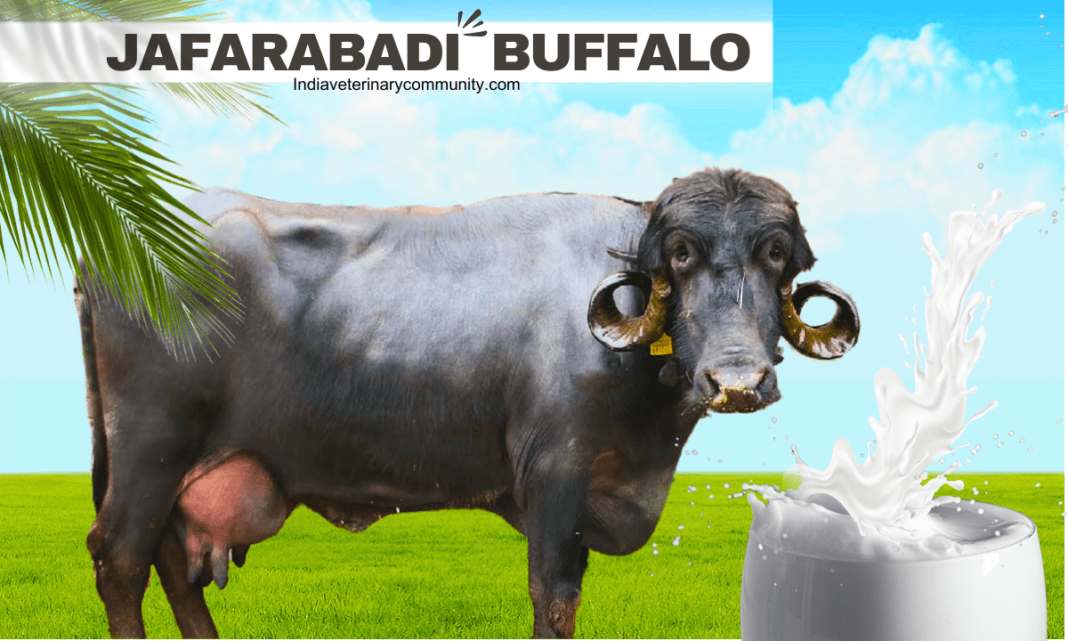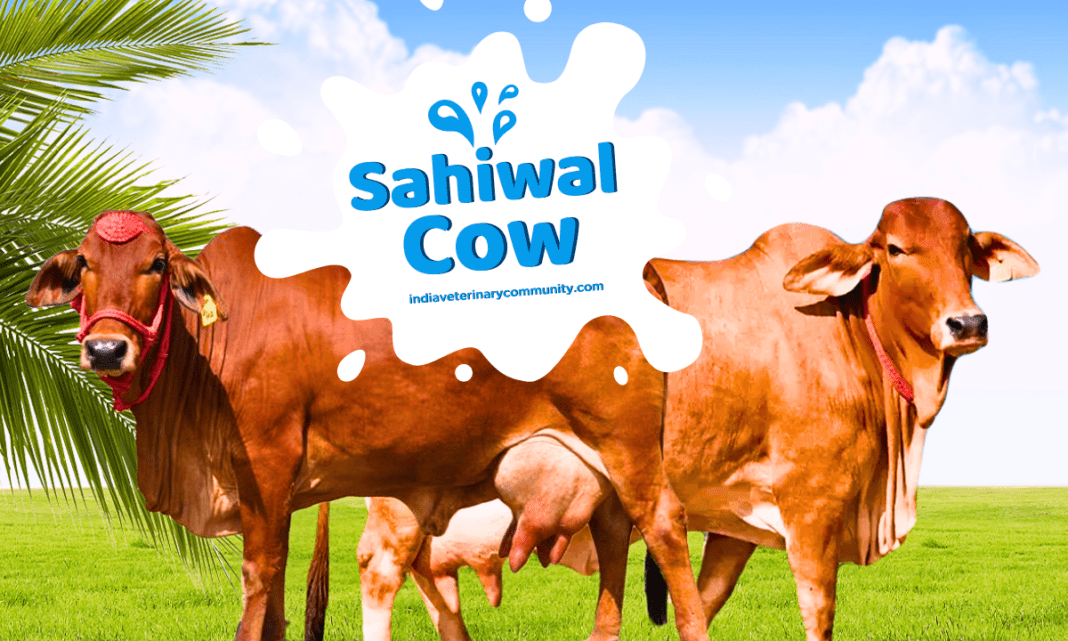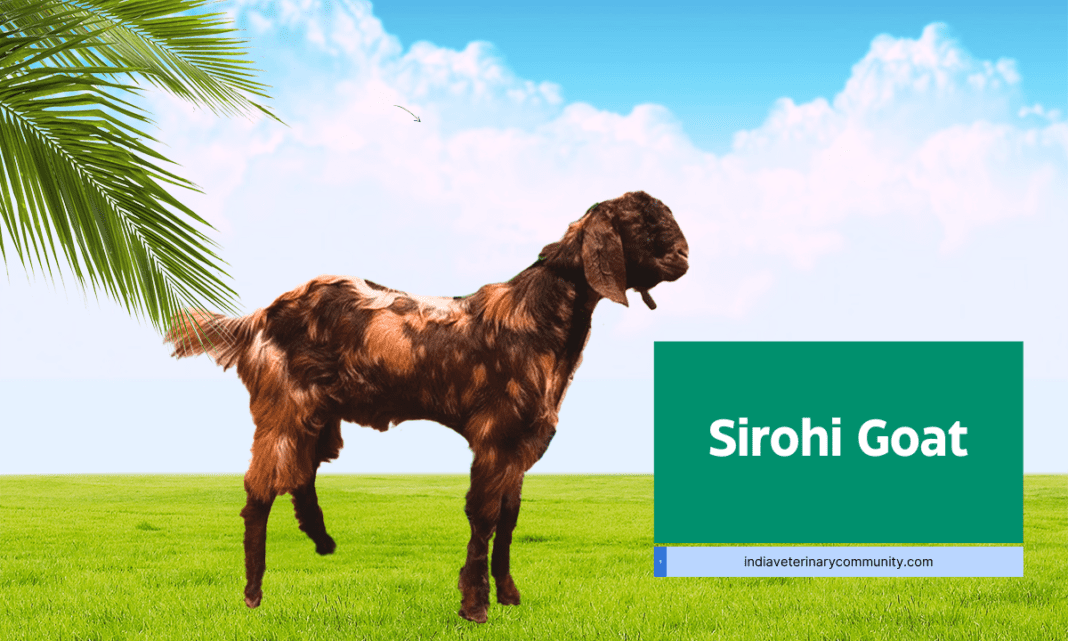The Jafarabadi Buffalo, one of India’s most valued livestock, is a symbol of resilience and productivity. Known for its excellent health and impressive milk production, this majestic breed is an essential part of India’s agricultural heritage.
As sustainable farming practices become more critical, understanding the role of Jafarabadi Buffalo in the dairy industry can provide both farmers and dairy enthusiasts with the knowledge they need to thrive.
Whether you’re a farmer considering these buffaloes for your farm or simply someone eager to learn about them, this guide will help you dive deep into their history, characteristics, breeding, and more.
History of the Jafarabadi Buffalo
The origins of the Jafarabadi Buffalo can be traced back to the Indian subcontinent, primarily in the states of Gujarat and Rajasthan. This breed has been a part of India’s agricultural landscape for centuries, adapting to local environments and thriving in the region.
These buffaloes are believed to have descended from ancient riverine buffaloes, which were known for their strength and hardiness. Over generations, Jafarabadi Buffaloes have become a staple in Indian agriculture, providing both milk and muscle power for farmers.
These buffaloes are celebrated not just for their agricultural importance but also for their cultural significance. In many Indian rural communities, Jafarabadi Buffaloes symbolize prosperity and resilience. This has led to their portrayal in local folklore, where they represent strength and endurance. Even today, the buffalo is an integral part of both traditional and modern farming practices across India.
Physical Characteristics and Traits
Jafarabadi Buffaloes are impressive animals, renowned for their large size and strong build. Adult males can weigh up to 900 kg, while females typically weigh between 500 to 600 kg. Their robust bodies make them suitable for both dairy production and farm work.
One of the most distinguishing features of the Jafarabadi Buffalo is its curved horns and prominent hump. These large horns give them a distinct and recognizable appearance, setting them apart from other buffalo breeds. Their coat, typically black or dark brown, has a sheen that glistens under the sun, adding to their majestic presence.
Another characteristic that makes the Jafarabadi Buffalo a farmer’s favorite is its calm temperament. They are known for being docile, making them easier to handle and care for compared to other livestock. This trait contributes to their widespread popularity among Indian farmers who need both productivity and ease of management.
Surti Buffalo: A Jewel in India’s Dairy Crown
Murrah Buffalo : 10 Secret to Boosting Dairy Farm Profits
Breeding and Management: Best Practices
For those considering breeding Jafarabadi Buffaloes, understanding the importance of genetic diversity and health is crucial. Selecting high-quality breeding stock with desired traits such as high milk yield, resilience, and adaptability is the foundation of a successful breeding program.
Here are a few essential tips for breeding and managing Jafarabadi Buffaloes:
- Genetic Diversity: Always aim to introduce genetic diversity in your breeding program. This reduces the risk of genetic disorders and ensures healthier, more productive offspring. Incorporating artificial insemination (AI) techniques is one way to bring in superior genetics from outside your farm without the logistical challenges of moving bulls around.
- Regular Health Check-ups: Schedule routine veterinary check-ups for your buffaloes to identify any potential health issues early. Regular vaccinations protect against common diseases, ensuring the health of both mothers and calves.
- Stress-Free Environment: Keep your buffaloes in a calm and stress-free environment. Stress can significantly impact their reproductive success, milk production, and overall health.
Proper herd management is key to optimizing the productivity of your Jafarabadi Buffaloes. A well-organized breeding program, paired with good care and attention to health, can improve not only the quality of milk but also the longevity and resilience of your buffalo herd.
Nutritional Requirements: Feeding for Optimal Health
Like all livestock, Jafarabadi Buffaloes need a balanced diet to stay healthy and productive. Their nutritional needs include carbohydrates, proteins, vitamins, and essential minerals. Providing high-quality forage is the foundation of their diet, ensuring they receive the nutrients they need to thrive.
Points for Buffalo Nutrition:
- Forage: Ensure that the buffaloes have access to high-quality forage, such as grasses, hay, or silage. Roughage is important for their digestion and overall health.
- Grains and Concentrates: Adding grains and protein-rich concentrates to their diet can enhance milk production. However, it’s essential to balance their diet to avoid overfeeding.
- Water: Always ensure that buffaloes have access to clean water. Water is vital for their digestion, metabolism, and milk production. Dehydration can lead to a drop in milk yield and can affect overall health.
Regular monitoring of their body condition is essential for adjusting their diet. Keep track of any changes in milk production or weight to modify their feeding plan accordingly. With proper nutrition, Jafarabadi Buffaloes can reach their full potential, both in terms of milk production and longevity.
Jafarabadi Buffalo in the Dairy Industry: A Boon for Farmers
One of the most remarkable qualities of the Jafarabadi Buffalo is its ability to produce high-quality milk. On average, these buffaloes can yield an impressive amount of milk daily, making them a favorite among dairy farmers.
The milk from Jafarabadi Buffaloes is rich in fat, often reaching 7-8%, which is much higher than that of cow’s milk. This high fat content makes it perfect for producing dairy products such as butter, ghee, and cheese.
In addition to their excellent milk yield, Jafarabadi Buffaloes are highly adaptable to a variety of climates and conditions, which makes them ideal for small-scale farmers as well as large dairy operations. Their hardiness ensures that they can thrive even in challenging environments, providing a reliable source of income for farmers.
Farmers can maximize their income by maintaining healthy herds, using proper breeding practices, and focusing on sustainable farming methods. By investing in good care and management, farmers can ensure that their buffaloes provide consistent and high-quality milk, year after year.
Health and Disease Management: Protecting Your Herd
Maintaining the health of your Jafarabadi Buffaloes is critical to their productivity and longevity. Regular veterinary check-ups are necessary to ensure their well-being, as early detection of any diseases can prevent serious issues.
Tips for disease management :
- Vaccination: Ensure that your buffaloes are vaccinated against common diseases such as Foot and Mouth Disease (FMD), Brucellosis, and other prevalent infections. A solid vaccination program can save your herd from widespread illnesses.
- Hygiene: Maintain cleanliness in their living areas to prevent infections. Clean water and feed are essential, and housing areas should be kept dry and well-ventilated to avoid disease outbreaks.
- Observation: Pay attention to any changes in behavior or physical condition, such as loss of appetite, lethargy, or changes in milk production. Early intervention can often prevent small issues from turning into larger problems.
Sustainable Farming Practices: Ensuring Long-Term Success
Sustainability is an important aspect of modern farming, and Jafarabadi Buffaloes are no exception. Implementing sustainable practices, such as rotational grazing and environmentally friendly farming techniques, helps ensure the long-term health of both your herd and the land.
Rotational Grazing: Moving your buffaloes from one grazing area to another allows the pasture to regenerate, which improves the quality of the land and the feed available to your animals. This practice not only promotes soil health but also ensures that the buffaloes always have access to fresh, nutritious grass.
Environmental Awareness: Minimizing the environmental impact of farming by using organic manure, reducing chemical inputs, and improving water management practices can create a more balanced ecosystem. Sustainable farming practices not only benefit your buffaloes but also help in preserving the environment for future generations.
Marketing and Profitability: Leveraging Jafarabadi Buffaloes for Success
Farmers looking to sell Jafarabadi Buffaloes or their milk products should adopt a strategic approach to marketing. Traditional methods such as local markets and agricultural fairs are still relevant, but the rise of digital platforms provides new opportunities for reaching a wider audience.
Marketing Strategies:
- Digital Marketing: Use social media platforms and online classifieds to showcase your buffaloes or milk products. Engaging with consumers online helps build a loyal customer base, especially when highlighting the unique qualities of Jafarabadi Buffalo milk.
- Collaboration: Build relationships with local dairy processors and milk cooperatives to ensure a steady market for your milk. Collaborating with larger companies can help in securing better pricing and consistent sales.
Future of the Jafarabadi Buffalo Breed
The future looks bright for the Jafarabadi Buffalo breed. Advances in breeding techniques and better disease management protocols are paving the way for healthier, more productive animals. As demand for buffalo milk and its by-products increases globally, there are significant opportunities for farmers to capitalize on the breed’s unique characteristics.
Farmers who focus on sustainability, animal welfare, and quality production are well-positioned to succeed in the growing market for buffalo milk. By investing in continuous learning and adopting modern technologies, you can ensure a prosperous future for your farm and the Jafarabadi Buffalo breed.
Final Thought
In conclusion, Jafarabadi Buffaloes are not just animals; they are an integral part of India’s agricultural heritage, offering immense potential for dairy farmers.
From their rich history to their role in the modern dairy industry, these buffaloes provide farmers with the opportunity to thrive while contributing to sustainable agriculture. Whether you’re new to farming or a seasoned professional, investing in Jafarabadi Buffaloes is a step towards a productive and sustainable future.




